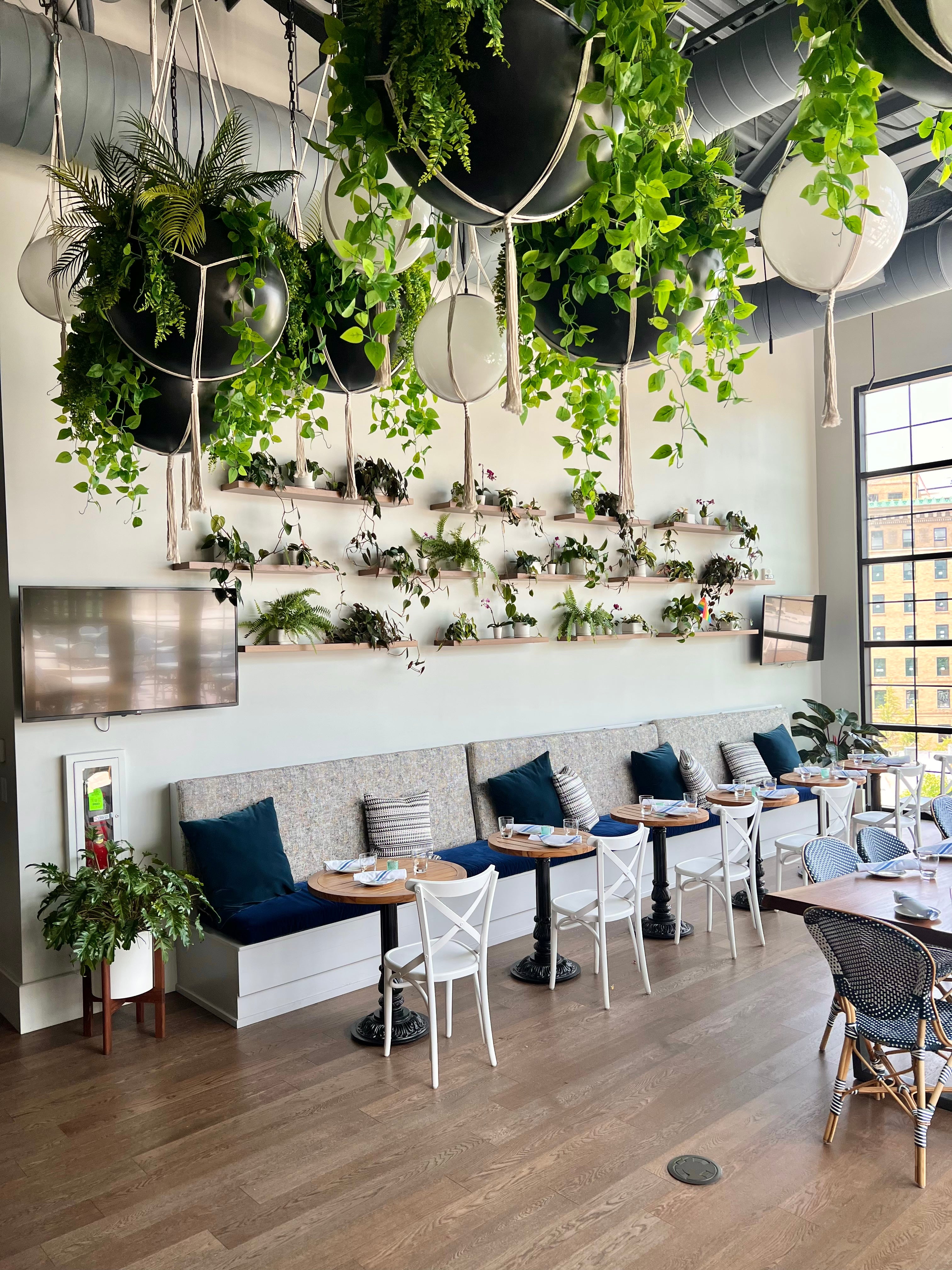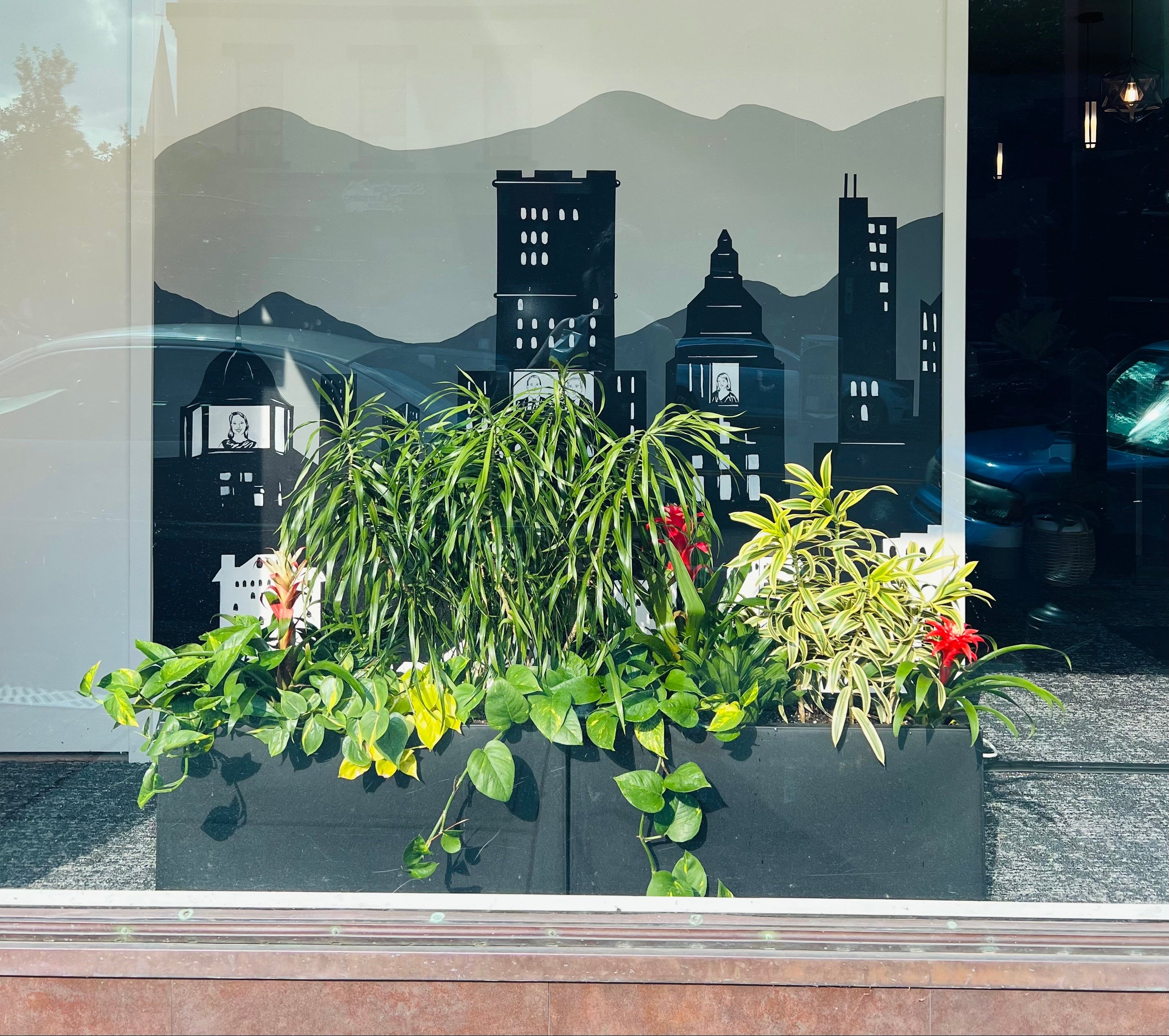


1
/
of
3
CUSTOM PLANT INSTALLATION
BRIGHTEN UP YOUR SPACE WITH LIVING GREENERY
Let us transform your business or office with plants selected specifically for your space! Installation services are priced by size + scope of project - an estimate will be provided following your initial consult.
Questions? Ready to schedule a consult?
Email us at hello@palmandpine.com
**installation services are not available for personal residences at this time**
